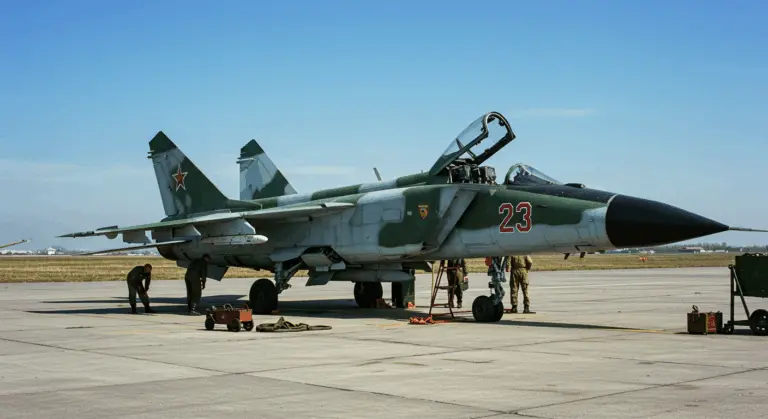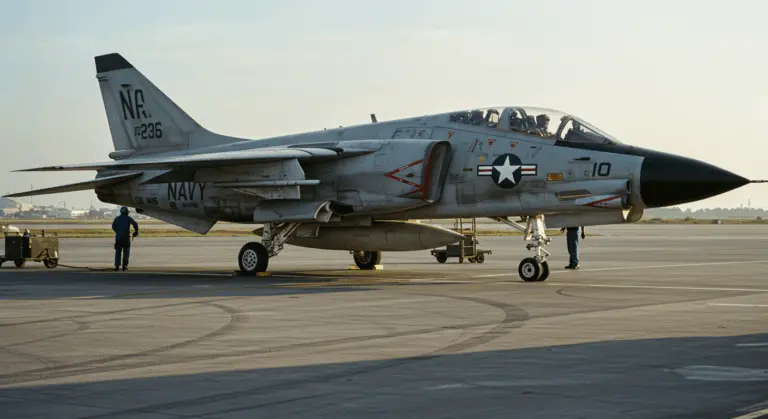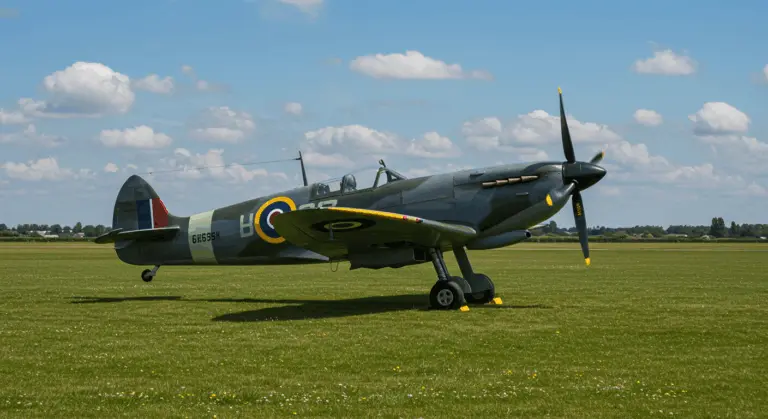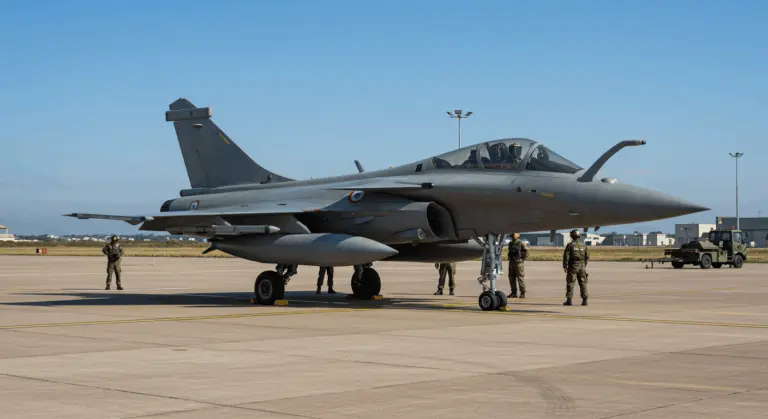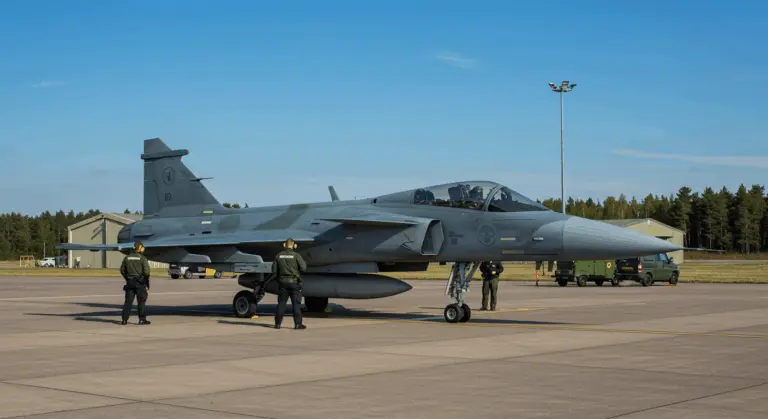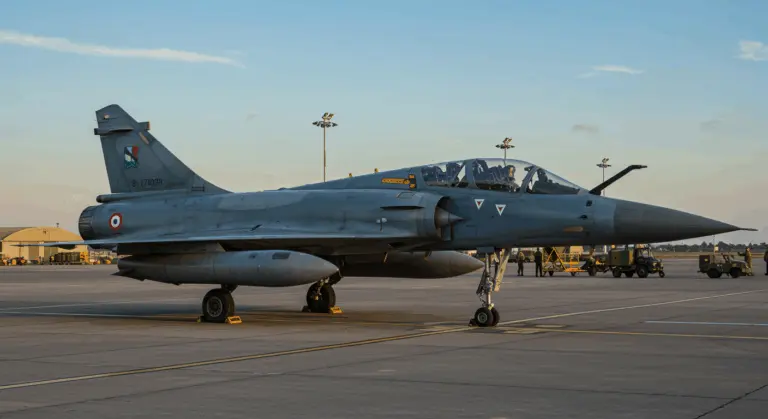Overview of the F-4 Phantom II
The McDonnell Douglas F-4 Phantom II represents a powerful tandem-seat, twin-engine, all-weather supersonic jet that transformed air combat. Born from U.S. Navy requirements for a carrier-based interceptor, this remarkable aircraft transcended its original purpose, evolving into a versatile platform that excelled across multiple roles—fighter, tactical bomber, and reconnaissance aircraft.
Development and Production History
The Navy commissioned prototypes in 1955. The XF4H-1 took to the skies for its maiden flight on May 27, 1958. However, early production models encountered significant engineering hurdles, particularly delays with the intended J79-GE-8 engines, forcing manufacturers to equip initial variants with interim J79-GE-2 power plants.
Origins and Design Evolution
The Phantom’s genesis began with a bold 1953 unsolicited proposal by McDonnell Aircraft—a bold move following their unsuccessful bid for a Navy day fighter contract. This innovative concept drew heavily from the F3H Demon’s design philosophy, yet aimed to create something entirely new: a versatile fleet defense interceptor capable of adapting to evolving combat requirements.
Production and Variants
-
F-4E: The most produced variant (1,370 units), notable for its internal M61 Vulcan cannon.
-
F-4B: The primary U.S. Navy version (649 units) for fleet defense and carrier operations.
-
F-4C: The primary U.S. Air Force version (583 units).
-
F-4J: An upgraded model with improved air-to-air capabilities.
-
F-4S: A modernized F-4J featuring smokeless engines and advanced avionics.
Operational History and Combat Roles
The F-4 Phantom II emerged as the backbone of U.S. air power during the Vietnam War. Across all branches—Navy, Marine Corps, and Air Force—it dominated the skies in air-to-air combat, devastated ground targets, and conducted critical reconnaissance missions.
Vietnam War Engagement
The Phantom played a crucial role in major air campaigns, most notably Operation Linebacker, where its devastating bombing capabilities proved highly effective. As combat losses steadily depleted F-105 Thunder chief squadrons, the F-4 stepped forward to shoulder the burden as America’s primary ordnance delivery platform.
This success came with significant losses. The U.S. Air Force lost 445 Phantoms during the conflict—370 falling to enemy action. These figures highlight both the ferocity of Vietnam’s air war and the Phantom’s deployment to the conflict’s most perilous missions.
Post-Vietnam Usage
The F-4’s combat career extended far beyond Vietnam’s jungles. During Operation Desert Storm in 1991, specialized Air Force “Wild Weasel” Phantoms played a vital role, systematically dismantling Iraqi air defenses and delivering precision strikes against military installations. These missions demonstrated the aircraft’s enduring relevance even as cutting-edge platforms entered service.
The aircraft’s long service life resulted from continuous modernization efforts—later variants received substantial engine and avionics upgrades that kept pace with evolving threats.
American F-4 operations reached their final chapter in 1996 when the Air Force retired its last operational Phantoms. This retirement ended the service of one of the most successful and versatile combat aircraft in U.S. military history.
Technical Specifications
-
Engines: Two General Electric J79 turbojets with afterburners (17,900 LBF thrust each)
-
Maximum Speed: Mach 2.2+ (1,472 mph / 2,370 km/h)
-
Service Ceiling: 60,000 ft (18,300 m)
-
Dimensions: 63 ft (19.2 m) length, 38 ft 5 in (11.7 m) wingspan
-
Weight: Approx. 30,000 lb (13,600 kg) empty / 61,795 lb (28,030 kg) max takeoff
-
Armament: Up to 18,650 lb (8,480 kg) of ordnance on nine external hard points
-
Avionics: Initially APQ-72 (Navy) or APQ-100 (USAF) radar, with significant upgrades in later variants.
Cultural Impact and Legacy
The F-4 Phantom II became a cultural icon, embodying Cold War technological supremacy and American military might. Its unmistakable silhouette—that slightly drooped nose, massive intakes, and distinctive upward-angled wing tips—remains instantly recognizable even to aviation novices.
Museums worldwide proudly showcase preserved F-4s, while operational examples still grace reshows, maintaining the Phantom’s enduring appeal.
Conclusion
The F-4 Phantom II’s lasting impact stems from three key factors: exceptional versatility, outstanding performance, and remarkable longevity. With over 5,000 aircraft produced, it pioneered the multirole fighter concept that defines modern military aviation. Its iconic silhouette and legendary combat record established it as both a significant military aircraft and a lasting cultural symbol.

